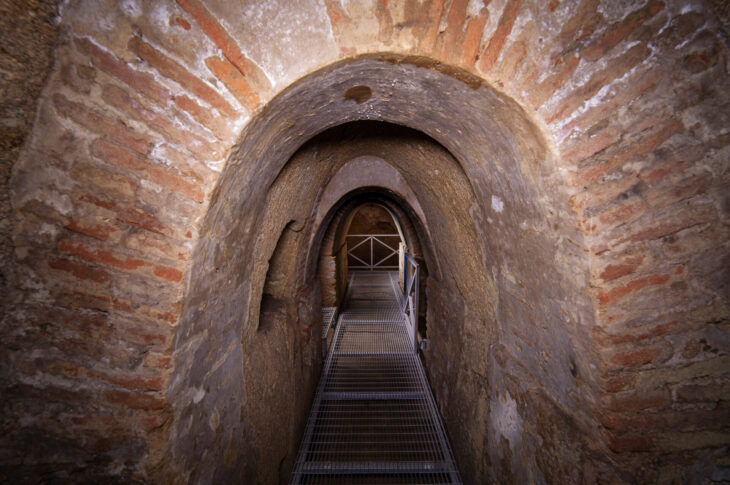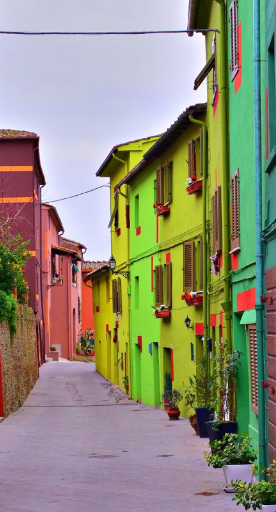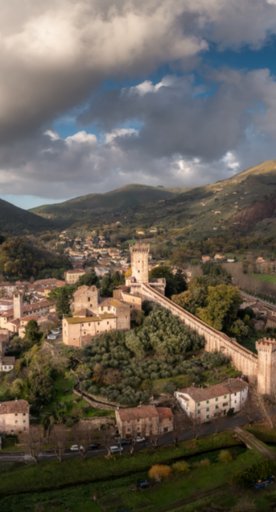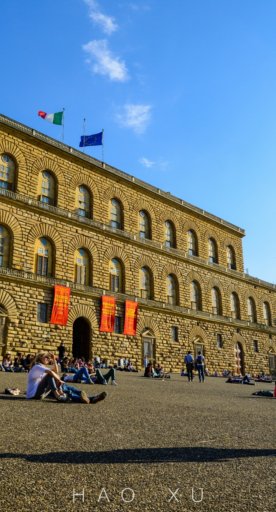Museums on the Island of Elba
A journey into the past among art, archaeology and mineralogy
Museums and the preservation of cultural heritage represent the most precious heritage of any community, the necessary link to the past, indispensable for understanding the present and planning the future.
Elba's museums reflect the past of the Island: from ancient Mediterranean civilizations, all the way to Napoleon, Elba, in fact, boasts a thousand-year history waiting to be discovered.
Here is a list of must-see museums to spend a different day during your beach vacation or to enjoy the island even beyond the summer season.
-
1.Portoferraio
-
2.Marciana
-
3.Rio
-
4.Capoliveri
Portoferraio

The best-known museums on Elba Island are probably those related to the exile of Napoleon Bonaparte.
The emperor's residences are both located in Portoferraio: Palazzina dei Mulini, in the oldest part of town, and Villa San Martino, in the countryside, make up the National Museum of Napoleonic Residences.
Napoleon's presence on the island constitutes only a small chapter in the history of these places: at the Medici warehouses in Portoferraio is housed the Linguella Archaeological Museum, where artifacts from all over the Tuscan Archipelago are on display, dating from the Bronze Age as well as the Etruscan and Roman periods, proving that Elba was the crossroads of the great populations of the Mediterranean.
The Municipal Art Gallery houses numerous paintings ranging from the 16th to the 19th century, most of which were donated by the Foresi family.
The Naturalistic Museum is a small museum that holds collections of specimens - mostly insects - from the Tuscan Islands and an educational center equipped to enhance the area's environmental heritage. The museum was created in close collaboration with the Tuscan Archipelago National Park and winds its way through a highly engaging multimedia tour.
A few kilometers away from the historic center, we can reach the Italo Bolano Open-Air Museum, a contemporary art park conceived and created by the Elban artist in 1964.
Here the large ceramic sculptures fit perfectly into the environment made of Mediterranean plants, cypresses, myrtles, oleanders.
Marciana

At the Archaeological Museum of Marciana, it is possible to admire the oldest artifacts found on the island, such as objects recovered from ancient shipwrecks and evidence of granite working. Particularly interesting are the materials found inside the wreck of Procchio, a Roman-era ship that sank in these waters.
The Numismatic Educational Museum of the Mint is located in an underground environment excavated in the historic center of Marciana. The exhibit, which is also set up thanks to the creation of a mezzanine that brings the eye closer to the vault of the room, tells the story of the village through an incredible collection of coins dating from the late 16th century to the late 17th century.
The main purpose of the museum is to document the activities that took place in the coin workshop and to show the types of Piombino coining.
Rio

Other important evidence of the island's past can be found at the Archaeological Museum of the Mineral District of Rio nell'Elba, dedicated to the mining activities that have marked the history of the area since the Copper Age.
Together with the Rio Marina Mining Museum, which preserves a rich collection of minerals of exceptional beauty, it is part of the Mining Park of Elba Island.
Capoliveri

At the end of a scenic road that leads from Capoliveri to Calamita Mines there is a site of industrial archaeology that tells the history of the mining and working-class of Elba Island. The Museum of the Old Workshop can be reached by following the old miners' road and is set up, precisely, inside the old mechanical workshops of the mine.
Some rooms, such as the workshop and the infirmary, have been reconstructed here, thanks to the recovery of original materials, in order to tell the story of the mines, mining techniques and the daily life of the miners.
A French vessel shipwrecked during the 19th century in the seas surrounding Island of Elba, a story made up of precious jewels, gems and ancient coins found aboard a steamship. These treasures, expertly recovered, are on display in the Museum of the Sea - in the historic center of Capoliveri - along with ship's documents, letters and goods of various kinds, as well as many objects of the time in daily use.
















































































